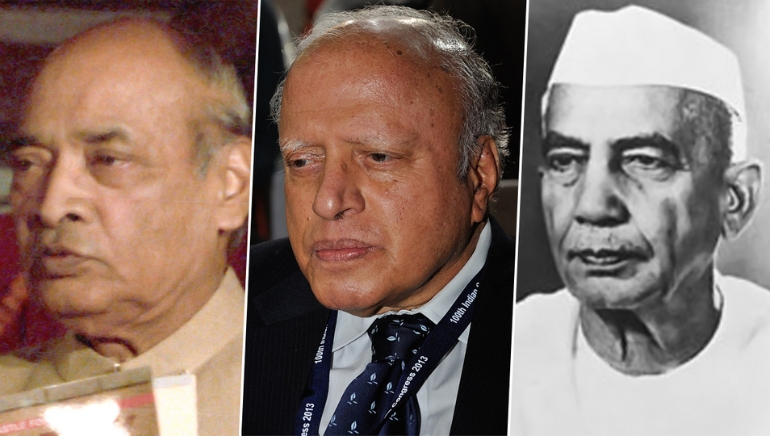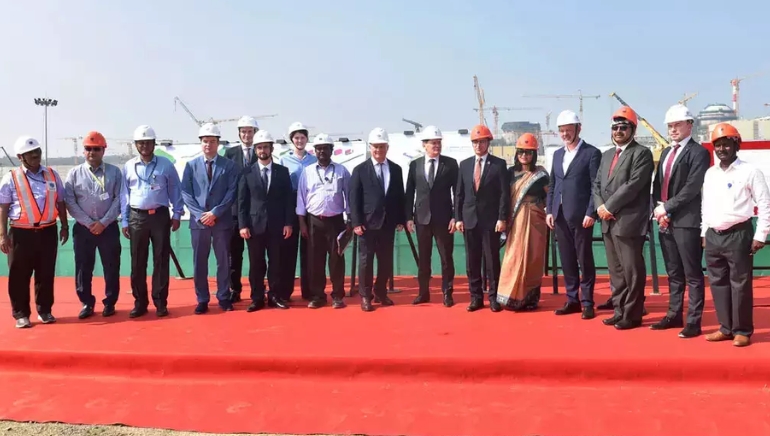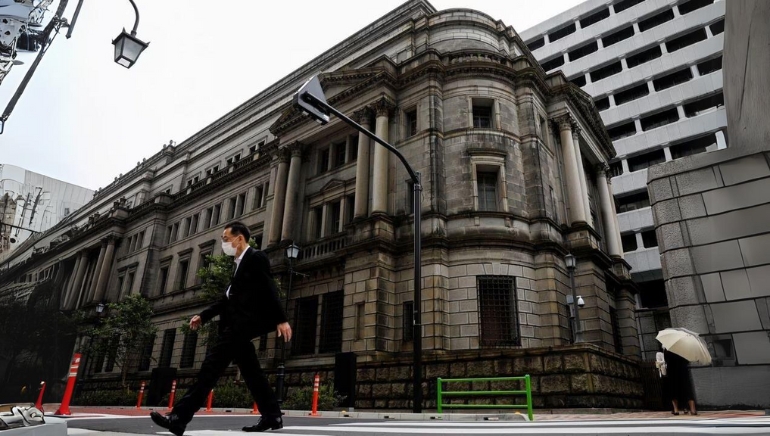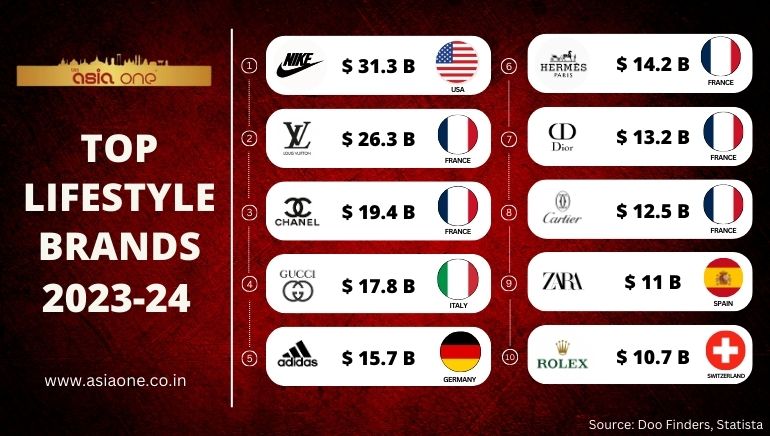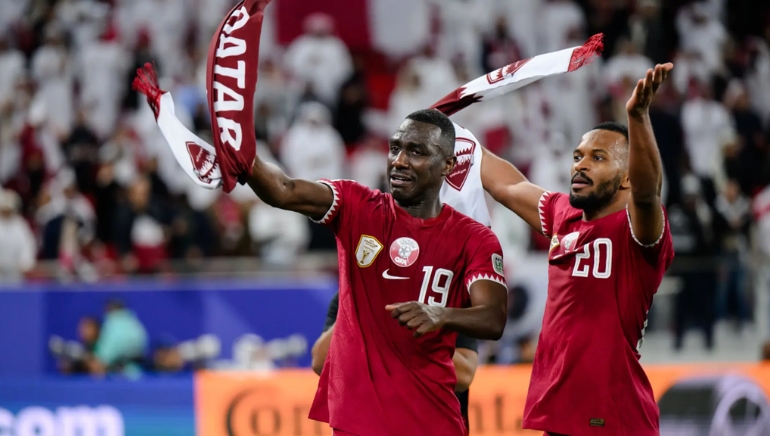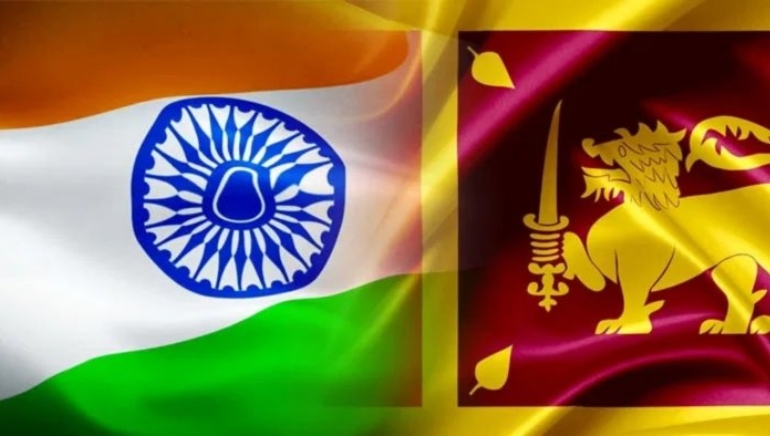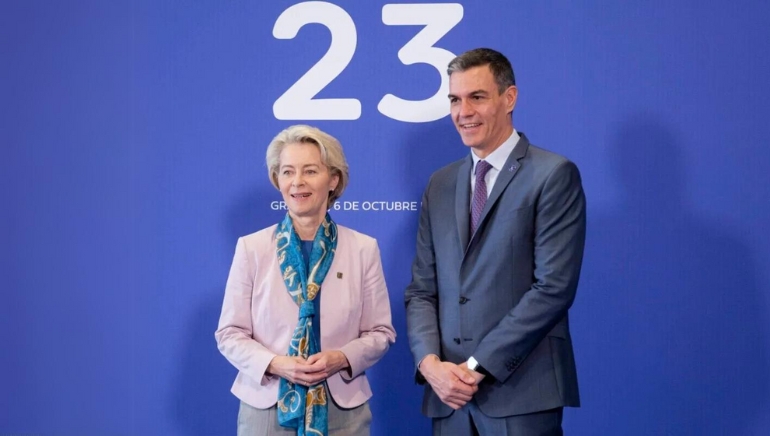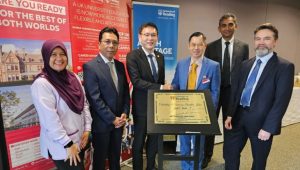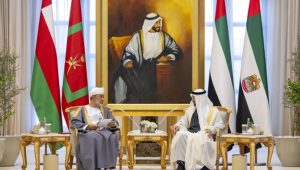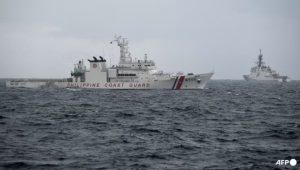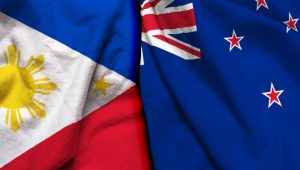One of the most important and thriving industries driving the global economy is lifestyle. It stands as a key contributor, with its consumption in the top 8 economies comprising around 70% of global consumption. Developing economies, especially India and China, are the major growth drivers of the global lifestyle market. This market is notable for haute couture, where expensive clothing brands stand out from mass-produced lines.
(in million U.S dollars)
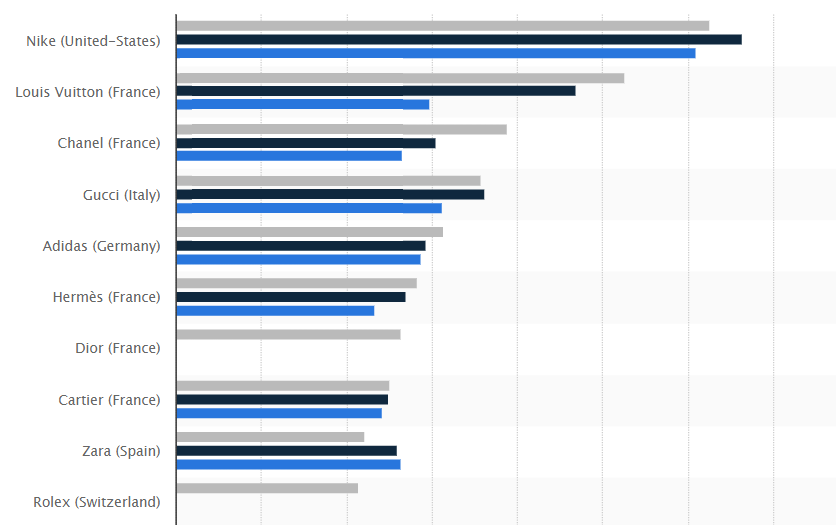
Following are the World’s Most Valuable Lifestyle Brands:
1) Nike – United States – (USD 31,307)
Origin: The United States
Value: $31.3 billion
Key Strengths: Strong Brand Awareness and Brand Value, Huge Customer base, Iconic Relationships, Low Manufacturing Cost
Fun Facts: The Nike Swoosh Was Designed for $35 in 1971 and Revenues from “Men’s Training” are nearly double that of “Women’s Training”
2) Louis Vuitton – France ($26,290M)
Origin: France
Value: $26.3 billion
Key Strengths: Strong Retail Presence, Focus on Quality and Craftsmanship, Innovation, Diverse Product Offerings
Fun Facts: luxury fashion house Louis Vuitton never puts its products on sale and the famous LV monogram came after Louis Vuitton’s death.
3) Chanel – France ($19,386M)
Origin: France
Value: $19.4 billion
Key Strengths: Production Quality, Loyal Customer Base, Strong Brand Image, Controlled Distribution Channels
Fun Facts: Chanel has its own vineyard and also sponsors the prestigious French Open tennis tournament.
4) Gucci – Italy ($17,839M)
Origin: Italy
Value: $17.8 billion
Key Strengths: Brand heritage and recognition, Global presence, Collaborations and partnerships
Fun Facts: Guccio Gucci was an elevator operator in the swanky Savoy Hotel situated in London and the first items manufactured by Gucci include detachable leather bags for saddles.
5) Adidas – Germany ($15,660M)
Origin: Germany
Value: $15.7 billion
Key Strengths: brand value, innovation, diversified product portfolio, strategic partnership and endorsements, global presence
Fun Facts: The Trefoil logo of the brand was first introduced in the Munich Olympics in 1972. The brand wasn’t originally known as Adidas, but was started under the name Gebrüder Dassler Schuhfabrik in 1924.
6) Hermès – France ($14,165M)
Origin: France
Value: $14.2 billion
Key Strengths: Large network, diverse portfolio, top designers
Fun Facts: Hermes was the first company to use the zipper for leather goods and clothing in France.
7) Dior – France ($13,152M)
Origin: France
Value: $13.2 billion
Key Strengths: Timeless Elegance and Couture Craftsmanship, Iconic Designs and Symbols, Global Presence and Market Penetration, Strategic Marketing and Branding
Fun Facts: The Dior family ran a successful fertilizer business. Christian Ernest Dior, known for creating namesake fashion brand opened his first business as an art gallery.
8) Cartier – France ($12,538M)
Origin: France
Value: $12.5 billion
Key Strengths: Lasting legacy, global outreach, maintaining status quo.
Fun Fact: Louis Cartier was the first jewelry designer to popularize the wristwatch for men.
9) Zara – Spain ($11,049M)
Origin: Spain
Value: $11 billion
Key Strengths: Fast and efficient production, affordable prices, visual merchandising
Fun Facts: Zara was originally named Zorba and currently it has 2000 stores in 94 countries!
10) Rolex – Switzerland ($10,711M)
Origin: Switzerland
Value: $10.7 billion
Key Strengths: Product quality and innovation, Vertical integration, and Timeless design
Fun Facts: All of Rolex’s watches are handmade and uses the most expensive stainless steel in the world, also known as 904L.
Source:
Doo Finders: https://www.doofinder.com/en/statistics/top-clothing-brands
Statista: https://www.statista.com/statistics/1207840/top-apparel-clothes-brands-worldwide/






